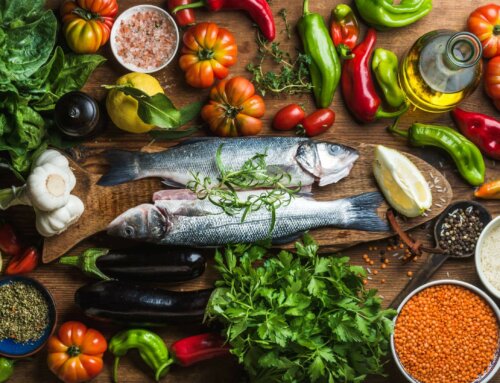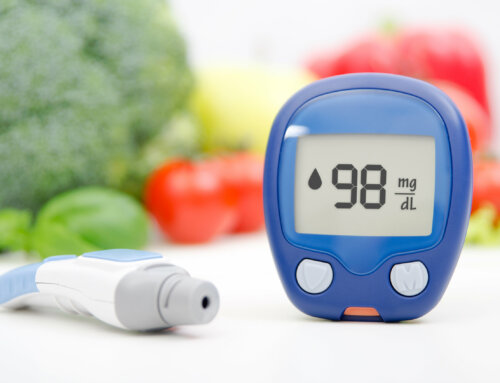And the winner is – fiber! While it wholeheartedly deserves its reputation for its regulating abilities, did you know that keeping the GI system (digestive system) moving is only one of its fabulous attributes? The fact is research shows a diet high in fiber can help prevent not only weight gain, but heart disease, certain types of cancer, and type 2 diabetes.
According to studies: People who added 14 grams of fiber a day to their diet were effortlessly able to reduce their caloric intake by 10% – resulting in a 5-pound weight loss in just four months! Those whose consume high fiber diets have thirty-three percent fewer heart attacks and decrease their risk for developing type 2 diabetes. Furthermore, if you already have diabetes, increasing the fiber in your diet can help control blood sugar and reduce insulin resistance.
Fiber Facts
Fiber is the substance that makes up the cell walls in plants, and is found in many foods, including whole grains, fruits, vegetables, beans, nuts and seeds. What makes it unique as a nutrient is that is non-digestible by the human body (meaning it has no calories!). There are two major categories of dietary fiber:
- Insoluble fiber is also known as “roughage”. It passes through the body largely intact, soaking up water like a sponge and adding bulk that helps elimination. This not only prevents constipation, but also speeds the rate at which food goes through your system. The skin on fruit along with whole-wheat breads, wheat bran, rye, most other whole grains, cabbage, beets, carrots, Brussels sprouts, turnips, celery, and cauliflower and are all loaded with insoluble fiber.
- In contrast, soluble fiber is able to dissolve and thickens in water to form a sticky, gel-like substance. In the digestive system this gel acts like sponge to help bind cholesterol and triglycerides while slowing the absorption of glucose helping to regulate blood sugar. Oats, oat bran, beans, strawberries, peas, citrus fruits, and apple pulp are full of soluble fiber.
Fiber-ize Your Diet
Current recommendations suggest that adults need a minimum of 20 to 35 grams a day – including both soluble and insoluble (fortunately most fruits and vegetables contain some of each type). Here are some ways to sneak more fiber into your diet:
- Look for bread, cereal, and crackers that are 100 percent whole grain with more than 3 grams per serving. Another tip: “Lite” breads often reduce their calories by adding extra fiber. Thomas Multi-grain Lite English Muffins have only 100 calories, but 8 grams of fiber per muffin. Reduced carb tortillas contain as much as 14 grams per tortilla.
- Start the day with whole grain cereals. Oatmeal, All Bran, and Fiber-One (with a staggering 14 grams of fiber in a single ½-cup serving), are all good choices.
- Go unrefined and include other 100 percent whole grains in your diet, including brown rice, whole wheat or multi-grain pasta blends, bulgur wheat, cracked wheat, and barley.
- Eat more beans. They offer loads of soluble fiber, and lots of protein. Did you know that a mere half cup of black beans has 9 grams? Add beans to soups, stews, and salads. Split peas, lentils, black beans and pinto’s are just a few of the delicious options.
- Fill up on vegetables and fruit. Good choices include berries, apples, oranges, artichokes, broccoli and peas. Remember to eat the skin when possible and choose whole fruits over juice.
- For a wonderful breakfast treat, try these diabetes-friendly Wholesome Blueberry Pancakes.
Contributed By: Marlene Koch






Leave A Comment